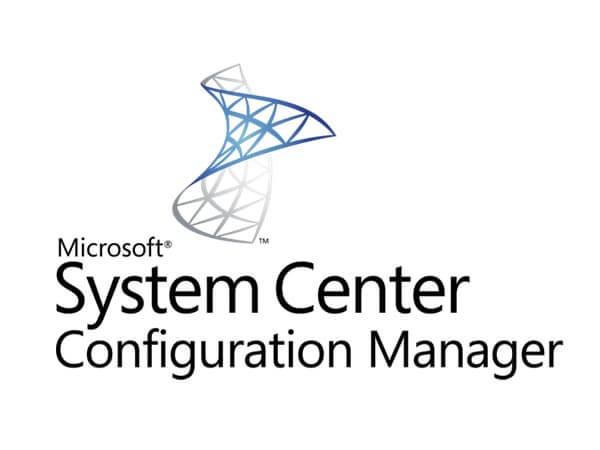Understanding Configuration Manager Available vs Required Deployments.
System Center Configuration Manager (SCCM) is a powerful tool used for software distribution, patch management, and deployment of operating systems. One of the key concepts in Configuration Manager is understanding the difference between available and required deployments.
Available Deployments
An available deployment in Configuration Manager is when the software is advertised to the end-users or devices. The software is available for installation but not required. The end-user can choose to install the software or not, and can initiate the installation process at any time. Available deployments are useful for software that users might need but not everyone will use, such as certain productivity software or specialized tools.
To create an available deployment, the SCCM administrator can use the software distribution feature in Configuration Manager. The software can be distributed using various deployment types such as MSI, App-V, or script-based installations. Once the deployment is created, the administrator can target specific collections of devices or users.
Required Deployments
On the other hand, a required deployment in SCCM is when the software is mandatory for the end-users or devices. The software is automatically installed on the targeted devices or users, and they cannot opt-out of the installation process. Required deployments are useful for software that is essential for the operation of the device, such as security updates, critical patches, and other important software.
To create a required deployment in SCCM, the administrator can use the software updates feature or create a package with a program that runs as a required deployment. The software can be distributed using various deployment types, and once the deployment is created, the administrator can target specific collections of devices or users.
Key Differences
The key difference between available and required deployments is that with available deployments, the end-users have the option to install the software, whereas with required deployments, the installation is mandatory. This can affect how the software is installed and how it behaves on the device.
Another difference is that available deployments are usually used for software that is not essential for the operation of the device, whereas required deployments are used for software that is critical to the device’s functionality.
Conclusion
Understanding the difference between available and required deployments in SCCM is crucial for efficient software distribution and patch management. By creating the appropriate deployment type, the administrator can ensure that the software is installed correctly and is meeting the device’s needs. Available deployments give users the flexibility to install software at their convenience, while required deployments ensure that critical software is installed on all devices in a timely manner.
In conclusion, the choice between available and required deployments in SCCM depends on the software’s importance, the user’s needs, and the organization’s policies. A well-designed SCCM deployment strategy can help the organization stay secure and productive while minimizing user disruption.




















